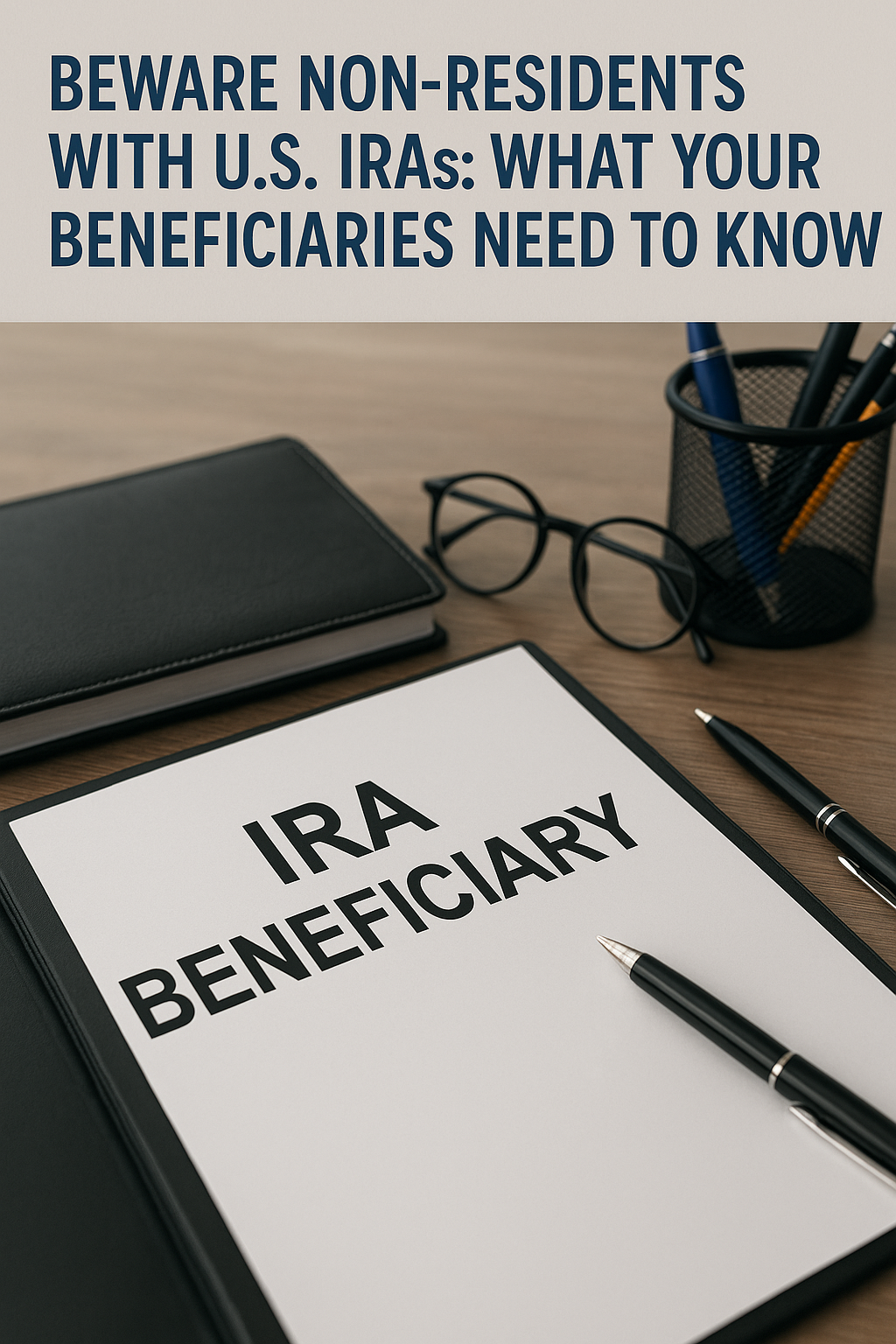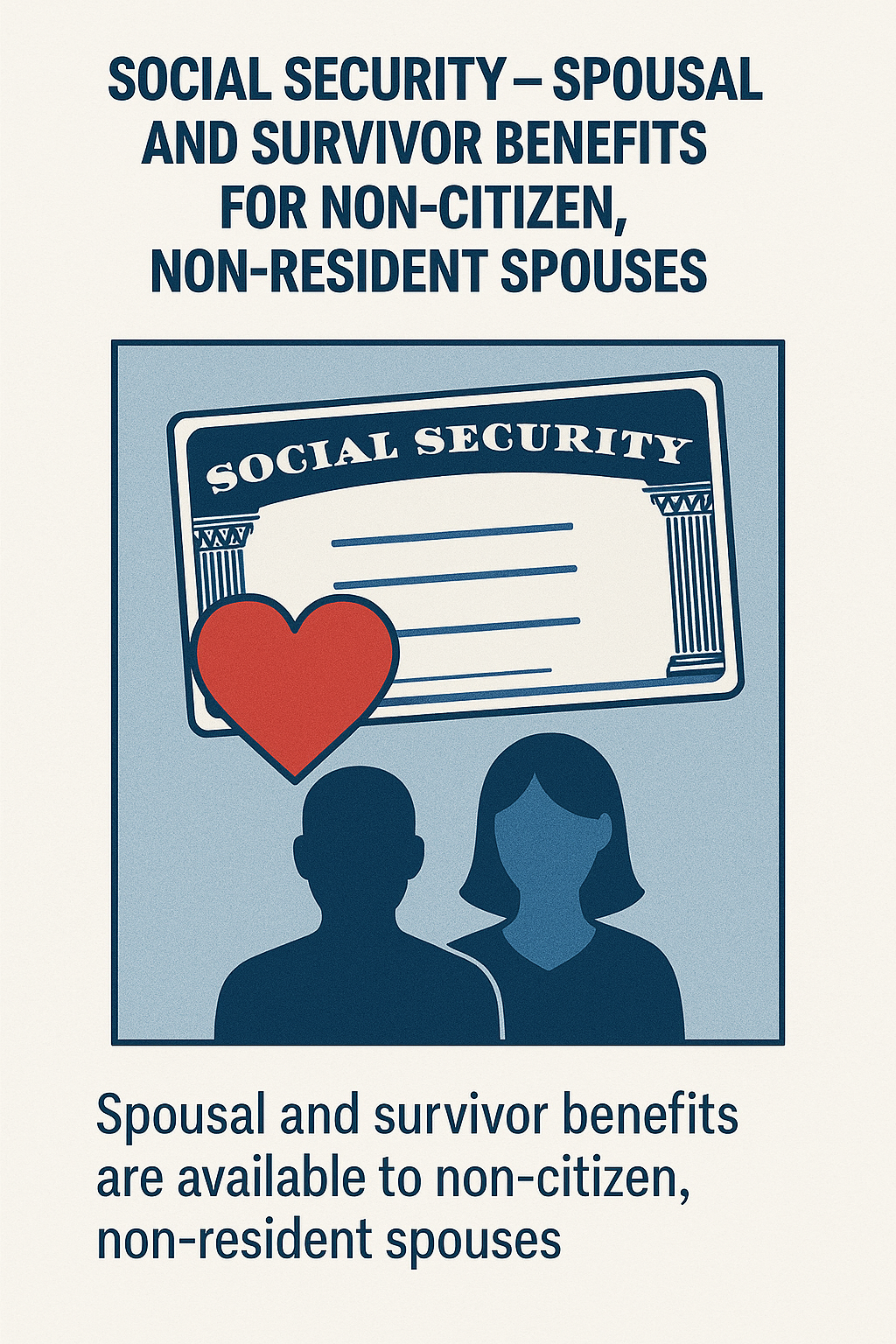
When it comes to tax planning and financial transactions, it’s critical to distinguish between actions that must be completed before year-end and those that can be handled before the tax filing deadline (typically April 15). Here’s a breakdown:
- Income and Deduction Timing:
- Tax loss harvesting – selling taxable investments that are in a loss position to offset current gains, carryover to future years to offset gains, or up to $3,000 per year can be deducted against other types of income.
- Defer income to the next year or accelerate income into the current year if it will reduce your tax liability.
- Make charitable contributions.
- If you are itemizing deductions, you can prepay certain expenses such as property taxes.
- Retirement Contributions:
- Contribute to employer-sponsored plans like a 401(k) or 403(b) (elective deferrals).
- Take required minimum distributions (RMDs) if you are age 73 or older, to avoid penalties. U.S. RMD tables can be found here: Publication 590-B (2023), Distributions from Individual Retirement Arrangements (IRAs) | Internal Revenue Service.
- Convert traditional IRA funds to a Roth IRA if that is part of your strategy (Roth conversion).
- Flexible Spending Account (FSA) Use-It-or-Lose-It Rule:
- Spend FSA funds on eligible expenses, as unused amounts may be forfeited unless your plan has a grace period or rollover option.
- Gift and Estate Planning:
- Use your annual gift tax exclusion ($18,000 per individual per recipient in 2024).
- Energy and Home Improvement Tax Credits:
- Complete qualifying home energy efficiency upgrades to claim available credits.
- Review Tax Withholding and Estimated Payments:
- Avoid underpayment penalties by ensuring enough taxes have been withheld or paid. Your taxes are due on April 15th but estimated payments must be made quarterly as the income is earned. The final estimated tax payment for the previous tax year is typically due by January 15.
Actions to Complete Before the Tax Filing Deadline (April 15)
- File or Extend Your Tax Return:
- File your tax return or request an extension (Form 4868).
- Pay taxes owed by April 15, even if you file an extension.
- Non-residents get an automatic extension until June 15.
- IRA Contributions:
- Contribute to traditional IRAs, SEP IRAs, or Roth IRAs for the prior year, up to the contribution limit ($7,000 or $8,000 if age 50+ in 2024).
- HSA Contributions:
- Make contributions for the prior tax year to your HSA.
- Review Tax Credits and Deductions:
- Ensure all eligible tax credits and deductions are claimed when preparing your return (e.g., education credits, child tax credit).
- File for State-Specific Benefits:
- Some state-specific programs, credits, or rebates require filing by the federal deadline, others must be made before the end of the calendar year. Details can be found on the website of your state revenue department.
In Canada, many of the same types of items need to be completed by December 31, while others extend into the following year. Here are some similarities and differences:
Actions to Complete by Year-End (December 31)
- Minimum Registered Retirement Income Fund (RRIF) Withdrawals:
- If you have a RRIF or are age 72 or older, ensure you withdraw the required minimum amount to avoid penalties. The chart of prescribed factors can be found here: Publication 590-B (2023), Distributions from Individual Retirement Arrangements (IRAs) | Internal Revenue Service.
- Tax-Loss Selling
- Charitable Contributions
- Medical Expenses
- Canada does not have Estimated Tax Payments, rather they are called Tax Instalments in Canada, but are based on the same principle:
- If you’re required to pay quarterly tax instalments, ensure the final instalment is paid by December 15 to avoid interest or penalties. The next installment will be due on March 15th so review any changes in your income and tax liability and adjust your installments if necessary.
- RESP Contributions:
- Contribute to a Registered Education Savings Plan (RESP) to receive the Canada Education Savings Grant (CESG) for the current year.
- The CESG is 20% of contributions, up to $500 annually.
- TFSA Contributions:
- Contribute to your Tax-Free Savings Account (TFSA) before year-end if you haven’t maxed out your contribution room for the year. Future contributions should be made as early in the year as possible to maximize tax-free growth.
- Tuition Transfers:
- If you’re eligible to transfer unused tuition credits, ensure the appropriate forms (T2202) are completed by December 31.
Actions to Complete After Year-End
- T1 Filing Deadline:
- File your personal tax return by April 30 of the following year.
- If self-employed, the filing deadline is June 15, but any balance owed must be paid by April 30.
- Contribute to your Registered Retirement Savings Plan (RRSP) or Spousal RRSP for the previous tax year by the first 60 days of the following year (usually March 1 but February 29 in leap years).
- Consult a Tax Professional: Year-end tax strategies can be complex, particularly if you have significant investments, one or more businesses, rental property, or cross-border considerations. Always consult your tax professional before implementing any new tax planning strategies.
Reach out to us at 49thparallelwealthmanagement.com if you have any questions. From the Desert to the Tundra, we are your cross-border retirement expert.
 class="attachment-post-thumbnail size-post-thumbnail wp-post-image" alt="What Happens to Canadian Registered Accounts When You Die as a Non-Resident" style="width:100%;height:100%;object-fit:cover;" srcset="https://49thparallelwealthmanagement.com/wp-content/uploads/2025/06/non-resident-death.png 1536w, https://49thparallelwealthmanagement.com/wp-content/uploads/2025/06/non-resident-death-300x200.png 300w, https://49thparallelwealthmanagement.com/wp-content/uploads/2025/06/non-resident-death-1024x683.png 1024w, https://49thparallelwealthmanagement.com/wp-content/uploads/2025/06/non-resident-death-768x512.png 768w, https://49thparallelwealthmanagement.com/wp-content/uploads/2025/06/non-resident-death-600x400.png 600w" sizes="(max-width: 1536px) 100vw, 1536px" />
class="attachment-post-thumbnail size-post-thumbnail wp-post-image" alt="What Happens to Canadian Registered Accounts When You Die as a Non-Resident" style="width:100%;height:100%;object-fit:cover;" srcset="https://49thparallelwealthmanagement.com/wp-content/uploads/2025/06/non-resident-death.png 1536w, https://49thparallelwealthmanagement.com/wp-content/uploads/2025/06/non-resident-death-300x200.png 300w, https://49thparallelwealthmanagement.com/wp-content/uploads/2025/06/non-resident-death-1024x683.png 1024w, https://49thparallelwealthmanagement.com/wp-content/uploads/2025/06/non-resident-death-768x512.png 768w, https://49thparallelwealthmanagement.com/wp-content/uploads/2025/06/non-resident-death-600x400.png 600w" sizes="(max-width: 1536px) 100vw, 1536px" />What Happens to Canadian Registered Accounts When You Die as a Non-Resident
 class="attachment-post-thumbnail size-post-thumbnail wp-post-image" alt="New Bill Offers Medicare Relief for Cross-Border Retirees" style="width:100%;height:100%;object-fit:cover;" srcset="https://49thparallelwealthmanagement.com/wp-content/uploads/2025/06/20250605_0722_Concerned-Couple-at-Hospital_simple_compose_01jx07f099fjw91e52w0g2sab3.png 1024w, https://49thparallelwealthmanagement.com/wp-content/uploads/2025/06/20250605_0722_Concerned-Couple-at-Hospital_simple_compose_01jx07f099fjw91e52w0g2sab3-200x300.png 200w, https://49thparallelwealthmanagement.com/wp-content/uploads/2025/06/20250605_0722_Concerned-Couple-at-Hospital_simple_compose_01jx07f099fjw91e52w0g2sab3-683x1024.png 683w, https://49thparallelwealthmanagement.com/wp-content/uploads/2025/06/20250605_0722_Concerned-Couple-at-Hospital_simple_compose_01jx07f099fjw91e52w0g2sab3-768x1152.png 768w, https://49thparallelwealthmanagement.com/wp-content/uploads/2025/06/20250605_0722_Concerned-Couple-at-Hospital_simple_compose_01jx07f099fjw91e52w0g2sab3-600x900.png 600w" sizes="(max-width: 1024px) 100vw, 1024px" />
class="attachment-post-thumbnail size-post-thumbnail wp-post-image" alt="New Bill Offers Medicare Relief for Cross-Border Retirees" style="width:100%;height:100%;object-fit:cover;" srcset="https://49thparallelwealthmanagement.com/wp-content/uploads/2025/06/20250605_0722_Concerned-Couple-at-Hospital_simple_compose_01jx07f099fjw91e52w0g2sab3.png 1024w, https://49thparallelwealthmanagement.com/wp-content/uploads/2025/06/20250605_0722_Concerned-Couple-at-Hospital_simple_compose_01jx07f099fjw91e52w0g2sab3-200x300.png 200w, https://49thparallelwealthmanagement.com/wp-content/uploads/2025/06/20250605_0722_Concerned-Couple-at-Hospital_simple_compose_01jx07f099fjw91e52w0g2sab3-683x1024.png 683w, https://49thparallelwealthmanagement.com/wp-content/uploads/2025/06/20250605_0722_Concerned-Couple-at-Hospital_simple_compose_01jx07f099fjw91e52w0g2sab3-768x1152.png 768w, https://49thparallelwealthmanagement.com/wp-content/uploads/2025/06/20250605_0722_Concerned-Couple-at-Hospital_simple_compose_01jx07f099fjw91e52w0g2sab3-600x900.png 600w" sizes="(max-width: 1024px) 100vw, 1024px" />New Bill Offers Medicare Relief for Cross-Border Retirees
 class="attachment-post-thumbnail size-post-thumbnail wp-post-image" alt="Beware: Non-Residents with U.S. IRAs – What Your Beneficiaries Need to Know" style="width:100%;height:100%;object-fit:cover;" srcset="https://49thparallelwealthmanagement.com/wp-content/uploads/2025/06/Ira-Beneficiuary.png 1024w, https://49thparallelwealthmanagement.com/wp-content/uploads/2025/06/Ira-Beneficiuary-200x300.png 200w, https://49thparallelwealthmanagement.com/wp-content/uploads/2025/06/Ira-Beneficiuary-683x1024.png 683w" sizes="(max-width: 1024px) 100vw, 1024px" />
class="attachment-post-thumbnail size-post-thumbnail wp-post-image" alt="Beware: Non-Residents with U.S. IRAs – What Your Beneficiaries Need to Know" style="width:100%;height:100%;object-fit:cover;" srcset="https://49thparallelwealthmanagement.com/wp-content/uploads/2025/06/Ira-Beneficiuary.png 1024w, https://49thparallelwealthmanagement.com/wp-content/uploads/2025/06/Ira-Beneficiuary-200x300.png 200w, https://49thparallelwealthmanagement.com/wp-content/uploads/2025/06/Ira-Beneficiuary-683x1024.png 683w" sizes="(max-width: 1024px) 100vw, 1024px" />Beware: Non-Residents with U.S. IRAs – What Your Beneficiaries Need to Know



